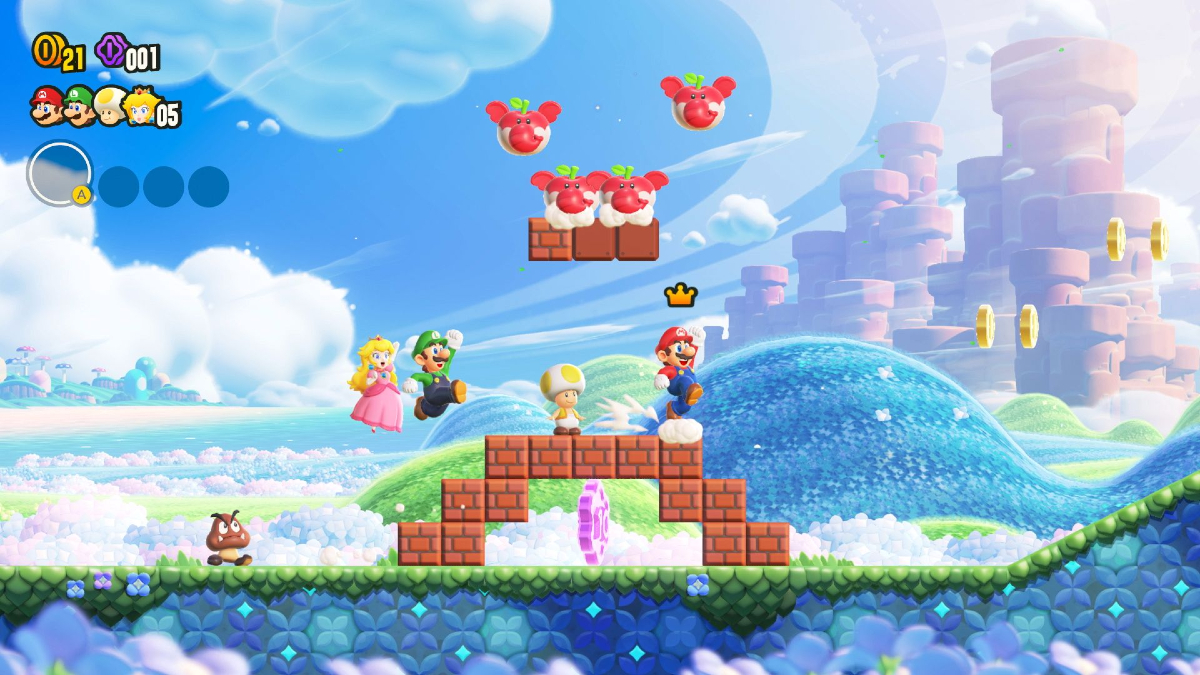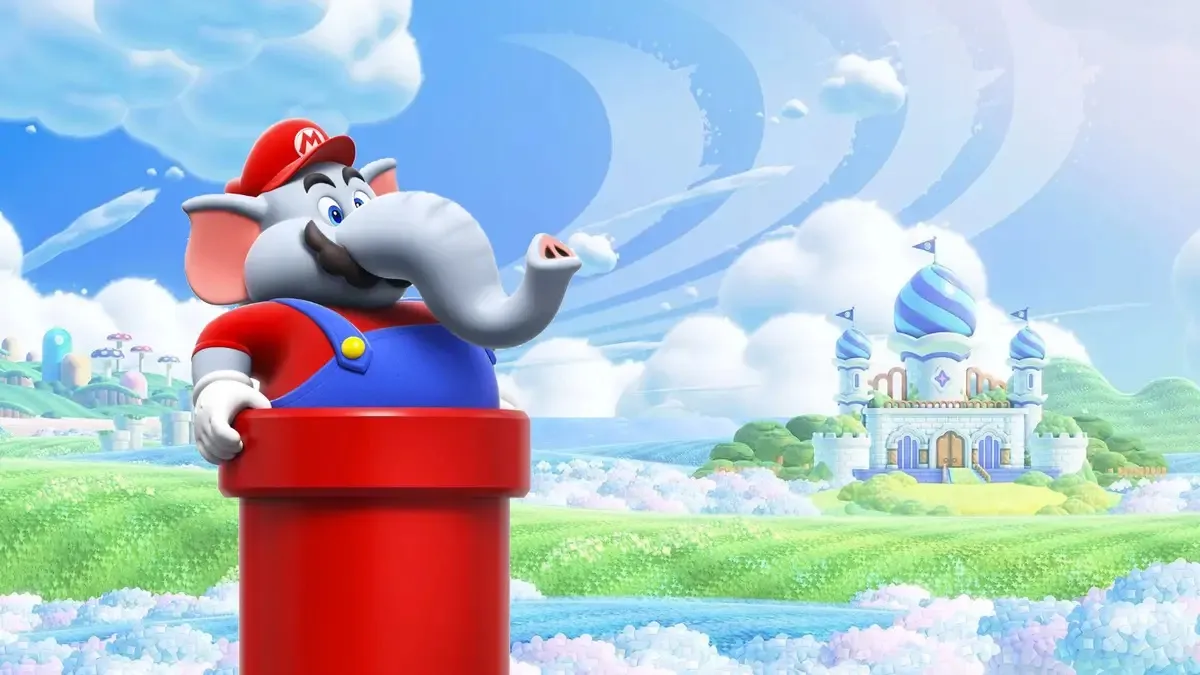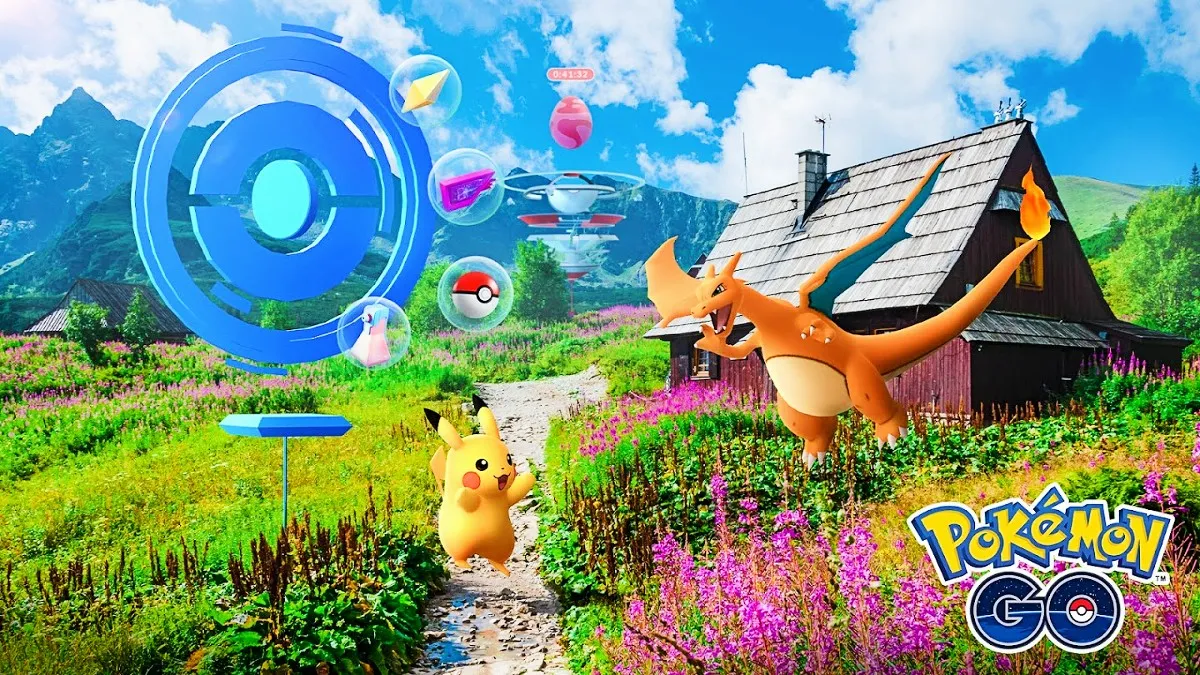On October 20, 2023, Nintendo released Super Mario Bros. Wonder, and a portion of the internet became awash in colorful lights and talking flowers. For the casual fan, the hype around Super Mario Bros. Wonder is seemingly explained away by the simple fact that it’s a Mario game. After all, The Super Mario Bros. Movie released earlier this year. And Wonder is the first entry in an upcoming avalanche of Mario games which will include remakes of Super Mario RPG and Paper Mario and the Thousand-Year Door, as well as the second-ever Princess Peach-centric game.
But the excitement for Super Mario Bros. Wonder is much deeper than simply “it’s a Mario game!” It’s even deeper than Elephant Mario and the accompanying cries of “wowee zowee!”—which, upon the game’s reveal, made fans lose their minds on social media. No, there’s quite a few other reasons Wonder is such a big game.
The first new 2D Mario in ages
I’ve been seeing a certain refrain in a lot of Wonder reviews, along the lines of “Super Mario Bros. Wonder is the best 2D Mario platformer in ages!” But here’s a question that will given even the biggest Nintendo fans pause: what was the last new Mario platformer game? No remakes, no 3D levels—just a classic 2D platformer?
The answer is New Super Mario Bros. U, which released for the Wii U in 2012. It’s true that Wonder is the best Mario platformer in a long, long time. It’s also the first new one in 11 years.
Why the wait? Well, the team behind Wonder is largely the same as New Super Mario Bros. U Deluxe, the 2019 Switch re-release of the last Mario platformer. And the director, Takashi Tezuka, decided not to give the team a deadline. He wanted to give them the freedom to explore and develop inventive concepts for gameplay. Which, incidentally, makes him a great boss.
This is ideally how game development should work, and the results speak for themselves. Each stage in Mario Wonder gives you … well, a sense of wonder. The “Wonder Flowers” spark a completely different effect in each stage, which make clever usage of game mechanics and foes to deliver something which truly feels special. The fact that the game is constantly evolving within these seemingly fixed parameters means that it was loved and lived-in during development. As a result, “wonder” is truly the correct name for this game.
In short, the 11-year wait was well worth it. Wonder is a delightful, incredible game. I’m always down to wait if it means a happier development team and a better game.
An evolution of Mario gameplay

Likely as a result of Super Mario Bros. Wonder‘s iterative and exploration-friendly development, the game introduces a first in the Mario franchise: the badge system. In game, you can select one badge to give you an extra skillset as you make your attempt on a stage. There are a whopping 24 badges in total, which range from new action abilities like a “Grappling Vine” or a “Parachute Cap,” to handy helpers like automatic mushrooms granted at the beginning of the level.
You can argue that badges will do to the Mario franchise what Breath of the Wild‘s runes did to The Legend of Zelda. Badges feel like an important step in Mario gameplay evolution. The opportunity to collect and customize new abilities allows a new layer of strategy which makes Wonder even more engaging. Which badge is best for this stage? What can I do in this stage if I swap this badge for this one? Wonder‘s impressive sense of possibility seems even more open.
If the next platformer Mario game doesn’t have badges, it will probably feel like a step backward. Like how Tears of the Kingdom introduced new iterations of Breath of the Wild‘s runes, I’d wager that some form of Wonder‘s badge system will return in the next Mario platformer. Whenever that may be.
A new Mario
In the midst of all the elephants and the psychedelic stage transformations and the body horror of Bowser turning into a castle, you might forget that Super Mario Bros. Wonder contains a seismic shift for the Mario franchise. In fact, everyone was so taken with Elephant Mario and all the teases in the announcement trailer that few initially noticed the change. But Super Mario Bros. Wonder is the first-ever game in which Mario is not voiced by Charles Martinet.
The announcement that Martinet would no longer voice Mario, Luigi, and company came after the announcement of Wonder. After the shock washed over us all, many of us were left with the embarrassment that we hadn’t noticed that Mario had a new voice in the Wonder teaser. I remember a slight whiff of something feeling different, and then my brain being taken over by Elephant Mario. Smart move, Nintendo.
But the fact that so few people noticed is also a testament to how the new actor, Kevin Afghani, does such a good job continuing Martinet’s legacy. Afghani was only announced as the new voice of Mario and Luigi a week prior to Wonder‘s release, and Nintendo hasn’t confirmed if he’ll return for future games.
It’s just good
All of this being said, the foremost reason that Super Mario Bros. Wonder is getting so much hype has to do with the caliber of the game itself. The animation is stylized and beautiful. The stages are astonishingly colorful and so varied that the game remains engaging throughout. The little flourishes, like how Koopas interact when they bump against each other, elevate the game that much higher.
Wonder is getting tossed around in gaming circles as a candidate for Game of the Year—in a year that also gave us both Tears of the Kingdom and Baldur’s Gate 3. It’s good. Really good. And it’s been a much-needed, delightful change of pace in a year with several long, complicated, often dark games which could be lived in for 100 hours or more. (The other game I’m playing right now? Cyberpunk 2077.)
So if you’ll excuse me, I have some talking flowers to greet.
(featured image: Nintendo)










Published: Oct 27, 2023 4:53 PM UTC